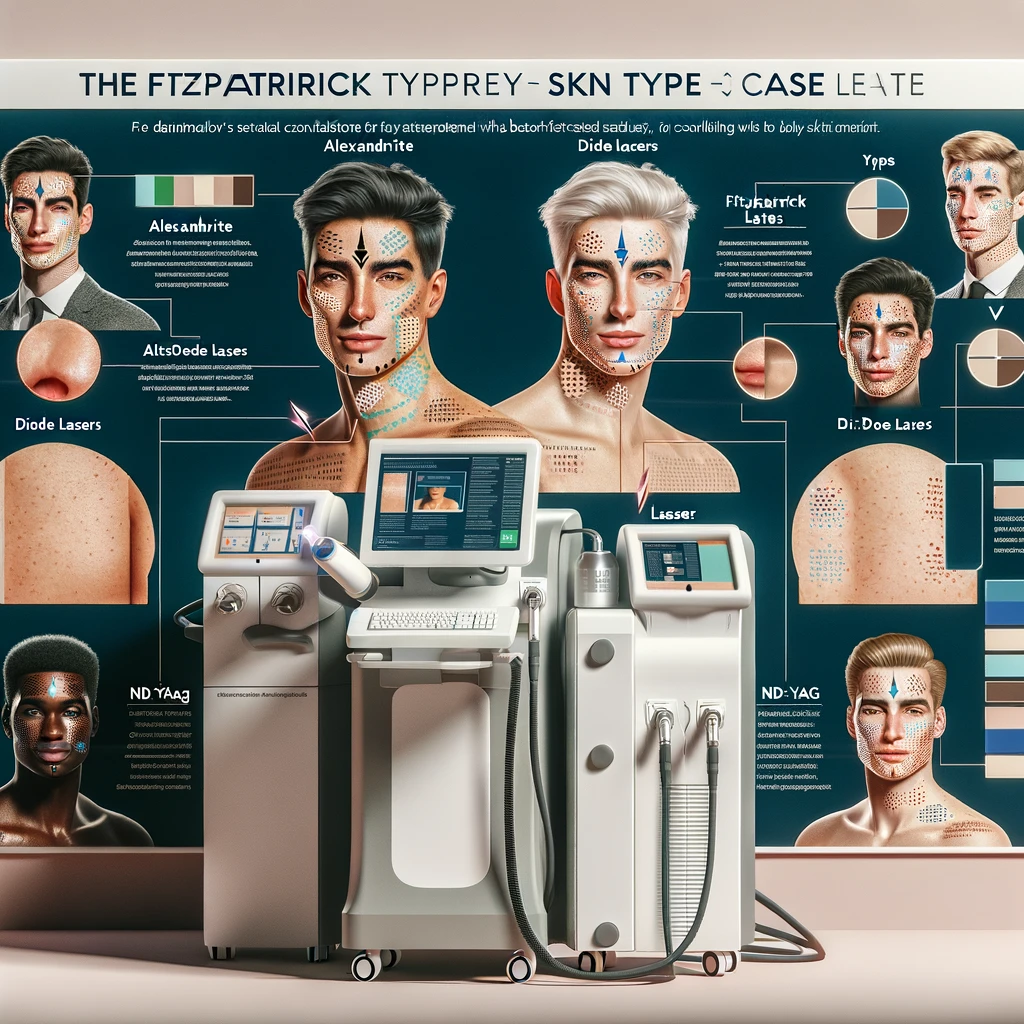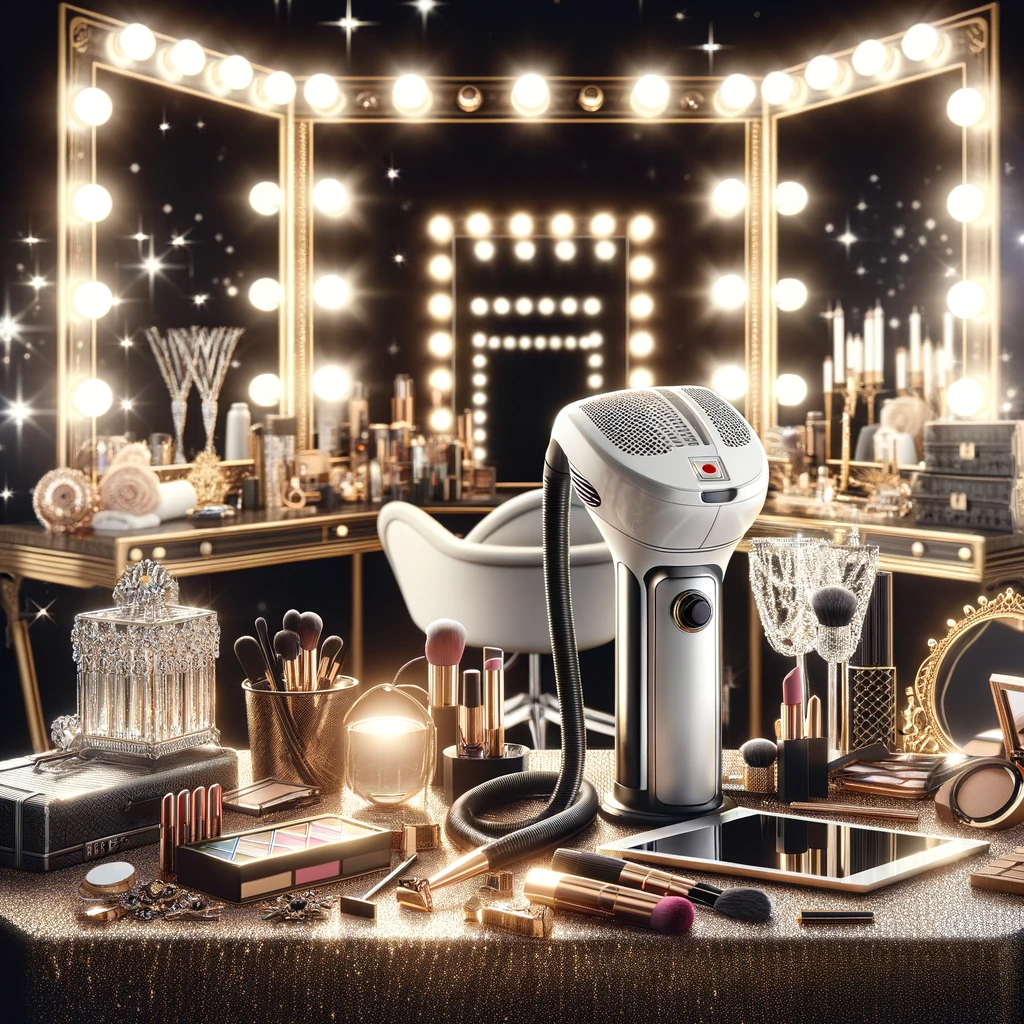The sleek allure of hair-free skin has made laser hair removal a sensation in the world of cosmetic treatments. Yet, beneath the shiny marketing, a tangled web of myths and misconceptions persists. As both a beauty enthusiast and someone who has personally undergone laser hair removal, I’m passionate about unraveling these stubborn beliefs and empowering you with the facts behind this transformative technology.
Myth #1: Laser Hair Removal is Painful
Let’s be honest, the word “laser” might conjure images of sci-fi beams and searing pain. The reality? For most people, it’s far less dramatic. With modern laser hair removal, you’re more likely to experience a mild snapping sensation – like a rubber band flicking against your skin – rather than agonizing pain. Of course, your sensitivity matters, and areas like the bikini line or upper lip might be a bit more tender. It’s totally okay to ask your technician about numbing cream or over-the-counter pain relief if you’re concerned.
Myth #2: It Works for Everyone (and Every Hair Type)
It’s true, laser hair removal is remarkably versatile, but it’s not a magic wand. The ideal scenario? Dark, coarse hair against a backdrop of lighter skin. That’s the “sweet spot” where the laser can easily target the hair pigment (melanin) for maximum effectiveness. If you have very light blonde, red, gray, or white hair, laser hair removal may not be as successful since there’s not enough natural contrast for the laser to work its magic. Additionally, those with darker skin tones might need specialized lasers to prevent skin damage. Remember, an honest consultation with a qualified technician is your best bet in determining if it’s the right solution for you.
Myth #3: You’ll Be Permanently Hairless After One Session
If only it were that simple! Hair grows in cycles – some are chilling out, some are actively growing. Lasers mainly zap the active ones. This means it’ll take a series of treatments spread over weeks or months to significantly weaken your hair growth, hence the “hair reduction” part of the deal. After your initial sessions, you might only need occasional touch-ups to maintain those silky-smooth results. Think of it as a marathon, not a sprint.
Myth #4: It Causes Cancer
This myth is understandably scary but completely unsubstantiated. It’s time to break out a bit of science: Lasers used in hair removal emit non-ionizing radiation. This means they don’t have the energy to alter your DNA structure the way ionizing radiation (think X-rays or those found in nuclear reactors) can. Reputable clinics and experienced technicians are your safeguards; they know which laser types and settings are safe for your unique skin and hair type.
Myth #5: You Can’t Go in the Sun Before or After Treatment
Sunbathing and laser hair removal are a recipe for trouble. That’s true – but there’s nuance! It’s all about avoiding fresh tans. Laser light targets pigment, and it can’t tell the difference between your tan and your hair follicles. Pre-treatment, it’s recommended to steer clear of tanning beds and prolonged sun exposure for a couple of weeks to minimize sensitivity and risks of burns. After treatment, your skin is extra vulnerable. You’ll want to diligently slather on sunscreen for the next few weeks – consider it an excuse to treat yourself to a fancy new SPF you love wearing!
Beyond the Myths: Real Questions to Ask Yourself
Now that we’ve tackled the major misconceptions, let’s turn to the factors worth genuine consideration when deciding whether laser hair removal is your jam:
- Cost: While ultimately more cost-effective than years of waxing or razor refills, there’s an upfront investment involved. Do thorough research about pricing packages in your area.
- Time Commitment: A full course of treatment takes multiple sessions spaced weeks apart. Can you realistically stick to that kind of schedule?
- Your Ideal Outcome: Are you aiming for 100% hairlessness, or would a noticeable reduction in growth and shaving frequency make you happy? Managing expectations is key.









Leave a comment